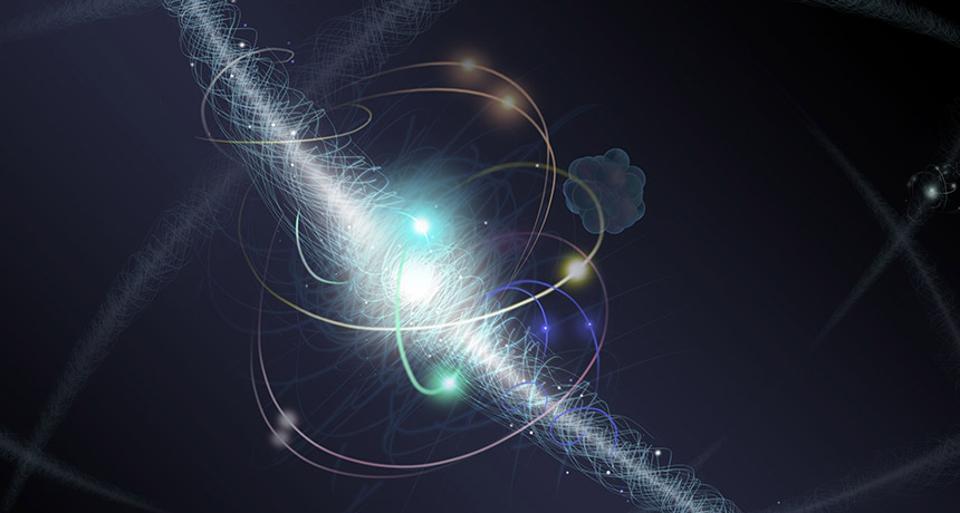An undergraduate and his supervisor ran the numbers and found paradox-free time travel to be mathematically consistent.
Category: physics – Page 172
Three Body Problem
Recently I had the pleasure of reading what is likely the most terrifying science fiction book series I’ve ever read. I’ve always enjoyed scary stories. As a kid, I read anthologies like goosebumps or scary Stories to Tell in the Dark. But I didn’t know true fear until I encountered the works of Stephen King, and H.P. Lovecraft in my teenage years. Lovecraft’s works opened up such terrifying vistas of thought that I would while reading them become transfixed and filled with ultimate existential dread. The cosmic terrors he wrote about in his stories struck me as somehow realer than the monsters and ghost of goosebumps and that is probably because in truth Lovecraft, being the flawed man he was, was expressing a very simple fear, fear of the unknown. And what is more unknown than the blackness of space. I must admit that not since my early teenage years have I felt such poignant terror while reading as I did when first encountering the work of Lovecraft. That Is until I read the Remembrance of Earth’s past trilogy.
There are three books in this series, The Three-Body Problem, The Dark Forest, and Deaths End, there is also an additional book not written by Cixin Liu himself, called Redemption of Time. The first books in the series The Three-Body Problems start off as a mystery. As the story unfolds it starts to feel as though we are reading the unfolding of some grand conspiracy, a conspiracy written into the fabric of the universe itself. Early on in the story, you find out that scientists around the world have been killing themselves. A note left behind by one of the late scientists, Yang Dong ominously added to the mysteries, saying only:
All the evidence points to a single conclusion: Physics has never existed, and will never exist. I know what I’m doing is irresponsible. But I have no choice.
We base so much of our own perception of what we consider to be reality on what we can observe. We look upon the universe as it is and extrapolate from that point. But what if we will never be able to know the truth about the universe. What if the universal constants are not constant. What if the laws of physics are not laws, what if reality isn’t real. Before we get any further into the video I have to give a spoiler warning. If you have not read the series I highly recommend you stop this video and do so. If you’ve read the series, or just don’t care about spoilers then continue forth. Now we won’t be getting into all of the details of the series, I’ll be giving context to why exactly I think this series is so unnerving.
Get this book: https://amzn.to/3xFTS6P
Cover art: The Fourth Dimension by Marc Simonetti.
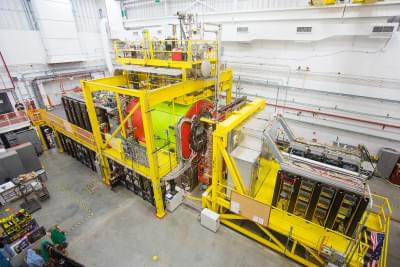
A Trial Run for Smart Streaming Readouts
Jefferson Lab tests a next-generation data acquisition scheme
Nuclear physics experiments worldwide are becoming ever more data intensive as researchers probe ever more deeply into the heart of matter. To get a better handle on the data, nuclear physicists are now turning to artificial intelligence and machine learning methods to help sift through the torrent in real-time.
A recent test of two systems that employ such methods at the U.S. Department of Energy’s Thomas Jefferson National Accelerator Facility found that they can, indeed, enable real-time processing of raw data. Such systems could result in a streamlined data analysis process that is faster and more efficient, while also keeping more of the original data for future analysis than conventional systems. An article describing this work was recently published in The European Physical Journal Plus .
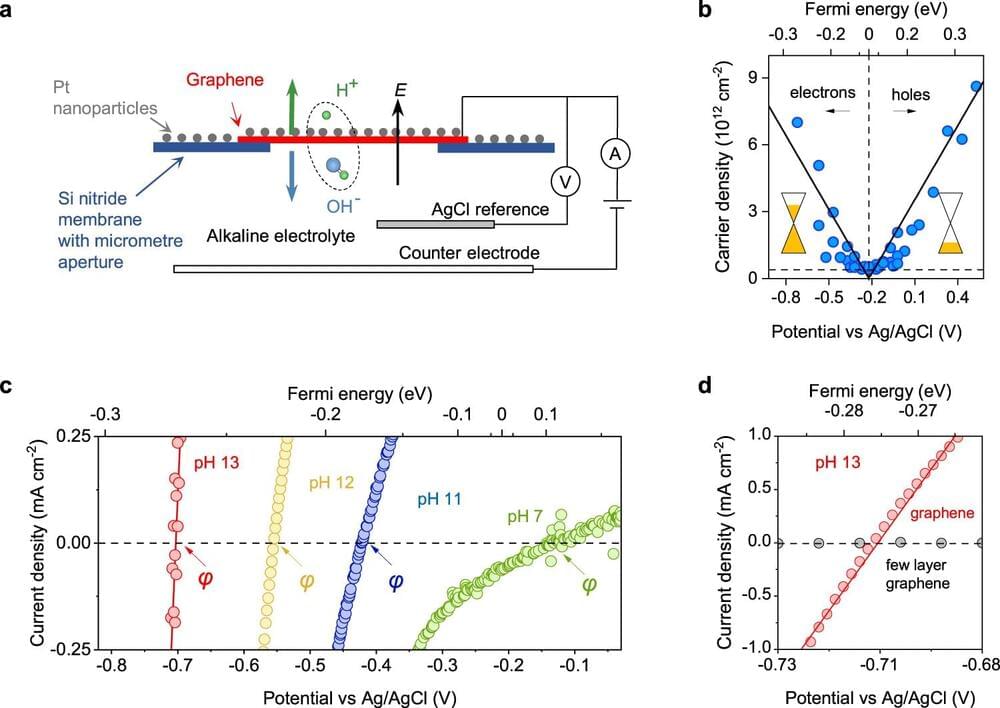
Scientists discover they can pull water molecules apart using graphene electrodes
Writing in Nature Communications, a team led by Dr. Marcelo Lozada-Hidalgo based at the National Graphene Institute (NGI) used graphene as an electrode to measure both the electrical force applied on water molecules and the rate at which these break in response to such force. The researchers found that water breaks exponentially faster in response to stronger electrical forces.
The researchers believe that this fundamental understanding of interfacial water could be used to design better catalysts to generate hydrogen fuel from water. This is an important part of the U.K.’s strategy towards achieving a net zero economy. Dr. Marcelo Lozada-Hidalgo said, “We hope that the insights from this work will be of use to various communities, including physics, catalysis, and interfacial science and that it can help design better catalysts for green hydrogen production.”
A water molecule consists of a proton and a hydroxide ion. Dissociating it involves pulling these two constituent ions apart with an electrical force. In principle, the stronger one pulls the water molecule apart, the faster it should break. This important point has not been demonstrated quantitatively in experiments.
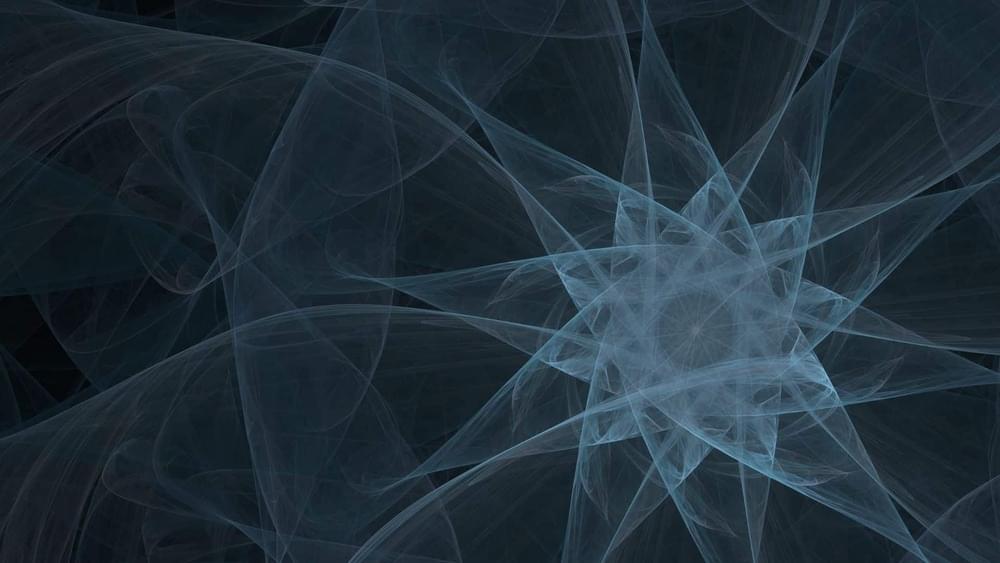
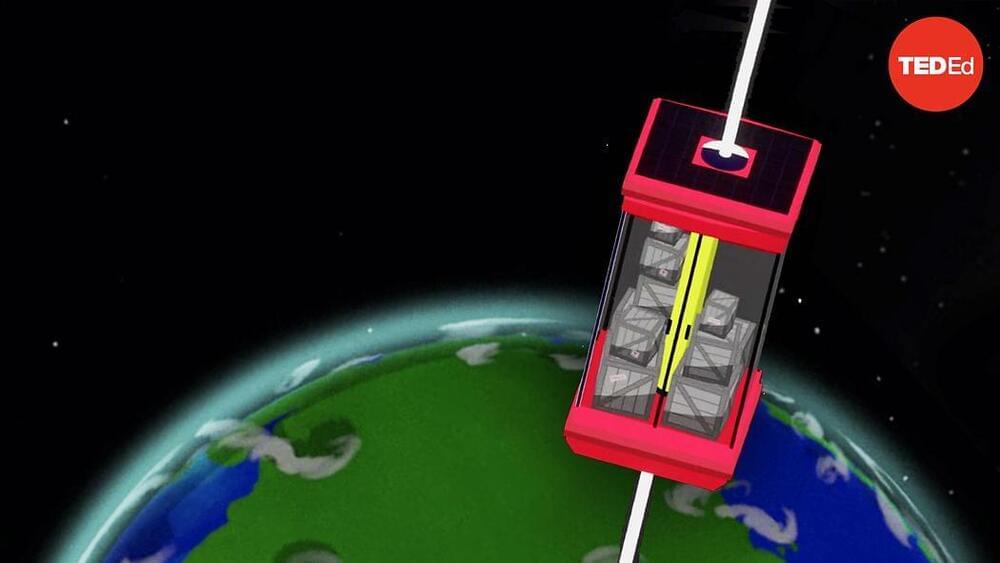
Yes, scientists are actually building an elevator to space
Sending rockets into space requires sacrificing expensive equipment, burning massive amounts of fuel, and risking potential catastrophe. So in the space race of the 21st century, some engineers are abandoning rockets for something more exciting: elevators. What would it take to build such a structure? Fabio Pacucci explores the physics behind modern space elevators. [Directed by Tjoff Koong Studios, narrated by Addison Anderson].
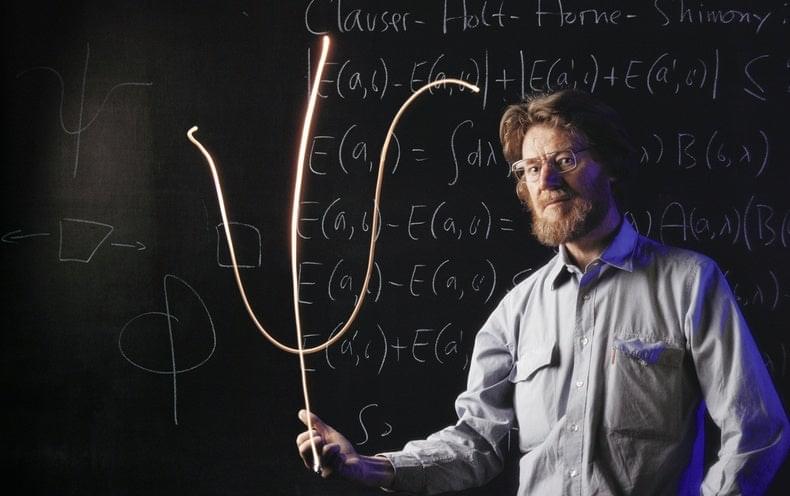
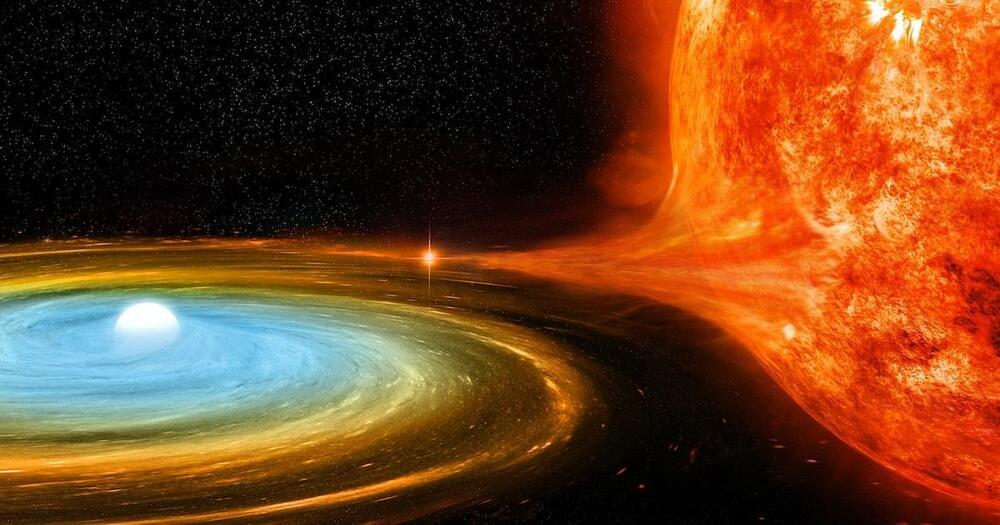
Astronomers discover two stars in a daring stellar dance
That’s because as a white dwarf draws material away from its hydrogen-burning partner, the stolen gas follows the star’s magnetic field lines in a big, curving arc toward its new home. And in the process, it drains energy from the stars’ whirling dance (so do the gravitational waves produced by their rotation). When that happens, both stars fall toward the shared center of gravity they’re orbiting. Closer orbits also mean shorter orbits, so it takes the stars less time to complete a single lap.
And the closer the stars get, the stronger the gravitational waves they produce, which drains away more energy, so they fall even closer together. By the time they’re close enough to complete an orbit in just a handful of minutes, the donor star has usually run out of hydrogen. That’s why the really close, fast-orbiting cataclysmic binaries tend to be a white dwarf and a helium-burning star.
Why does time go forwards, not backwards?
This is perhaps the strangest thing about the arrow of time: “It only lasts for a little while,” says Carroll.
It’s very hard to picture what might happen if the arrow of time eventually vanishes. “When we think we produce heat in our neurons,” says Rovelli. “Thinking is a process in which the neuron needs entropy to work. Our sense of time passing is just what entropy does to our brain.”
The arrow of time that arises from entropy brings us a long way closer to understanding why time only goes forward. But there may be more arrows of time than this one – in fact there is arguably an entire volley of arrows of time pointing from the past to the future. To understand these, we have to step from physics into philosophy.
